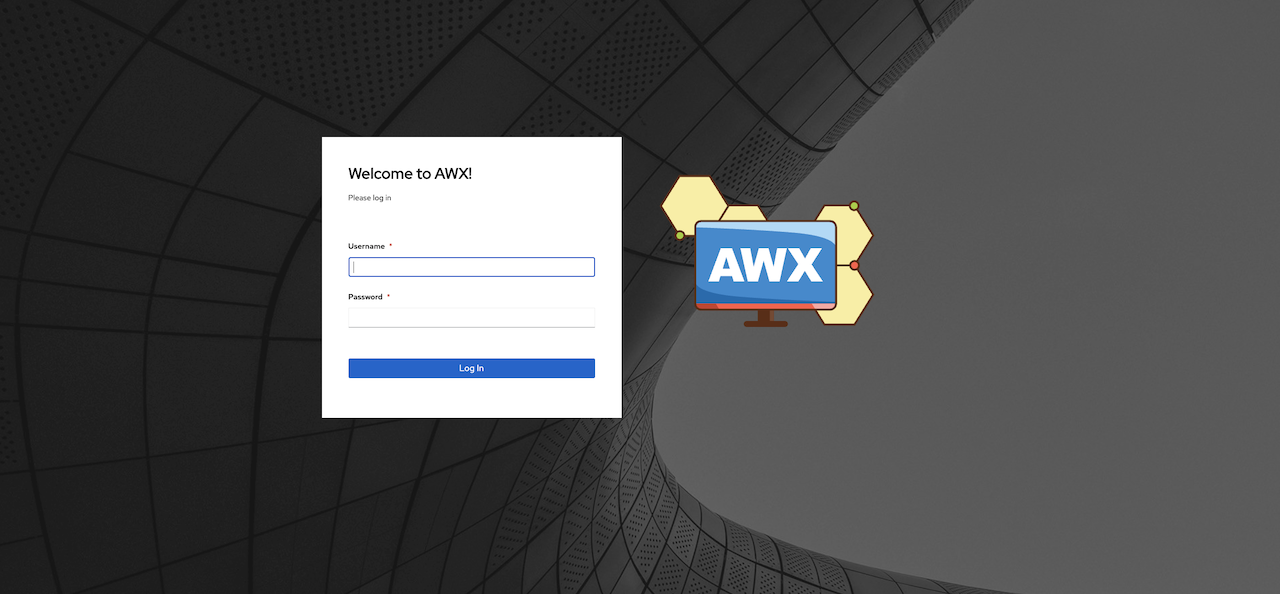3 min to read
Install AWX with Minikube on Ubuntu Server
How-to

1. Install Minicube
# Install Minikube dependencies
sudo apt install -y curl wget apt-transport-https ca-certificates
# Download the latest Minikube binary
wget https://storage.googleapis.com/minikube/releases/latest/minikube-linux-amd64
# Move the file in your Bin folder
sudo mv minikube-linux-amd64 /usr/local/bin/minikube
sudo chmod +x /usr/local/bin/minikube
# Check if is working
minikube version
2. Install Docker
# Install Docker dependencies
sudo apt-get install -y ca-certificates gnupg lsb-release unzip make
curl -fsSL https://download.docker.com/linux/ubuntu/gpg | sudo gpg --dearmor -o /usr/share/keyrings/docker-archive-keyring.gpg
echo \
"deb [arch=$(dpkg --print-architecture) signed-by=/usr/share/keyrings/docker-archive-keyring.gpg] https://download.docker.com/linux/ubuntu \
$(lsb_release -cs) stable" | sudo tee /etc/apt/sources.list.d/docker.list > /dev/null
# Install Docker
sudo apt-get update
sudo apt-get install -y docker-ce docker-ce-cli containerd.io
docker -v
3. Setup Docker permissions
# Create new group and add the current user to it
sudo groupadd docker
sudo usermod -aG docker $USER #ansible
newgrp docker
4. Install Kubectl
sudo curl -fsSLo /usr/share/keyrings/kubernetes-archive-keyring.gpg https://packages.cloud.google.com/apt/doc/apt-key.gpg
echo "deb [signed-by=/usr/share/keyrings/kubernetes-archive-keyring.gpg] https://apt.kubernetes.io/ kubernetes-xenial main" | sudo tee /etc/apt/sources.list.d/kubernetes.list
sudo apt-get update
sudo apt-get install -y kubectl
kubectl version
5. Setup Cluster
Make sure to have enough RAM! AWX won’t install properly if less than 5Gb.
# Start the cluster
minikube start --addons=ingress --cni=flannel --install-addons=true \
--kubernetes-version=stable \
--vm-driver=docker --wait=false \
--cpus=4 --memory=5g
# check status
minikube status
kubectl cluster-info
kubectl get nodes
kubectl get pods -A
6. Install AWX Operator
# Get latest release
git clone --depth 1 https://github.com/ansible/awx-operator
cd awx-operator
# Create Deploy configuration
export NAMESPACE=awx
make deploy
cd /home/$USER/awx-operator/config/manager
/home/$USER/awx-operator/bin/kustomize edit set image controller=quay.io/ansible/awx-operator:0.15.0
/home/$USER/awx-operator/bin/kustomize build /home/$USER/awx-operator/config/default | kubectl apply -f -
# Check if running
kubectl get pods -n $NAMESPACE
7. Install AWX
# Change context to the dedicated namespace
kubectl config set-context --current --namespace=$NAMESPACE
# Create configuration and deploy
cd ~
cat << EOF > awx.yaml
---
apiVersion: awx.ansible.com/v1beta1
kind: AWX
metadata:
name: awx
spec:
service_type: nodeport
EOF
kubectl apply -f awx.yaml
# Check status
kubectl get pods -l "app.kubernetes.io/managed-by=awx-operator"
kubectl get svc -l "app.kubernetes.io/managed-by=awx-operator"
Should look like this:
ansible@kube:~$ kubectl get pods -l "app.kubernetes.io/managed-by=awx-operator"
NAME READY STATUS RESTARTS AGE
awx-7d4f664875-24qpl 0/4 ContainerCreating 0 46s
awx-postgres-0 1/1 Running 0 55s
Once all 6 pods are running, we should now be able to access AWX.
8. Get the Admin password
Need to get the admin password first
echo Username: admin$'\n'Password: `kubectl get secret awx-admin-password -o jsonpath="{.data.password}" | base64 --decode`
9. Setup Proxy Redirect
If you want to access AWX from another machine, the internal container port needs to be exposed first.
# Check the AWX service to see what port is listening on, usually 31850
minikube service awx-service --url -n $NAMESPACE
# Another way
kubectl config set-context --current --namespace=$NAMESPACE
# Example of what it should look like
ansible@kube:~$ kubectl get service
NAME TYPE CLUSTER-IP EXTERNAL-IP PORT(S) AGE
awx-operator-controller-manager-metrics-service ClusterIP 10.107.165.190 <none> 8443/TCP 24m
awx-postgres ClusterIP None <none> 5432/TCP 10m
awx-service NodePort 10.96.83.234 <none> **80:31850**/TCP 10m
# Start redirect
nohup minikube tunnel &
kubectl port-forward svc/awx-service --address 0.0.0.0 31850:80 &> /dev/null &
AWX should be accessible on port 80 from another machine now.